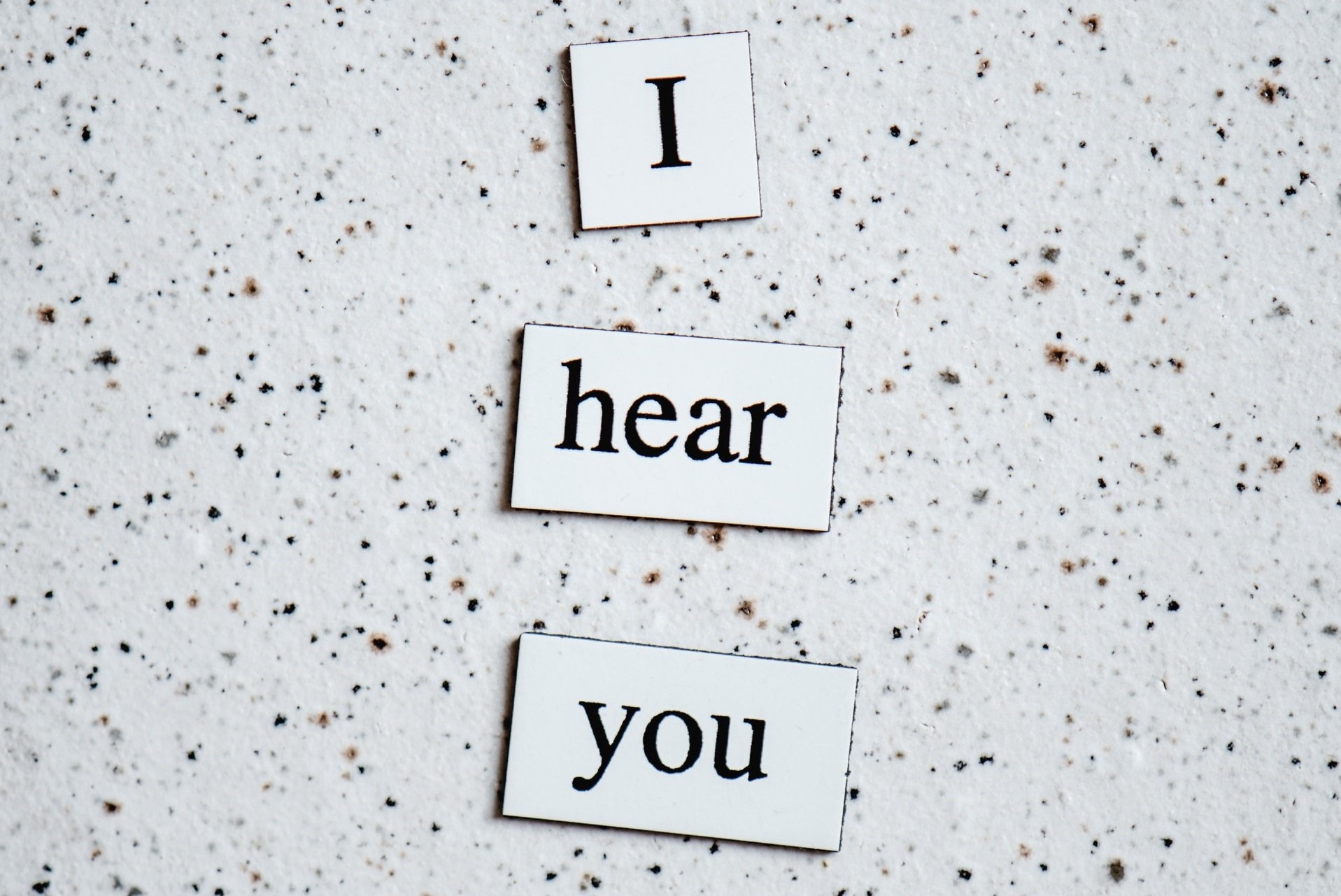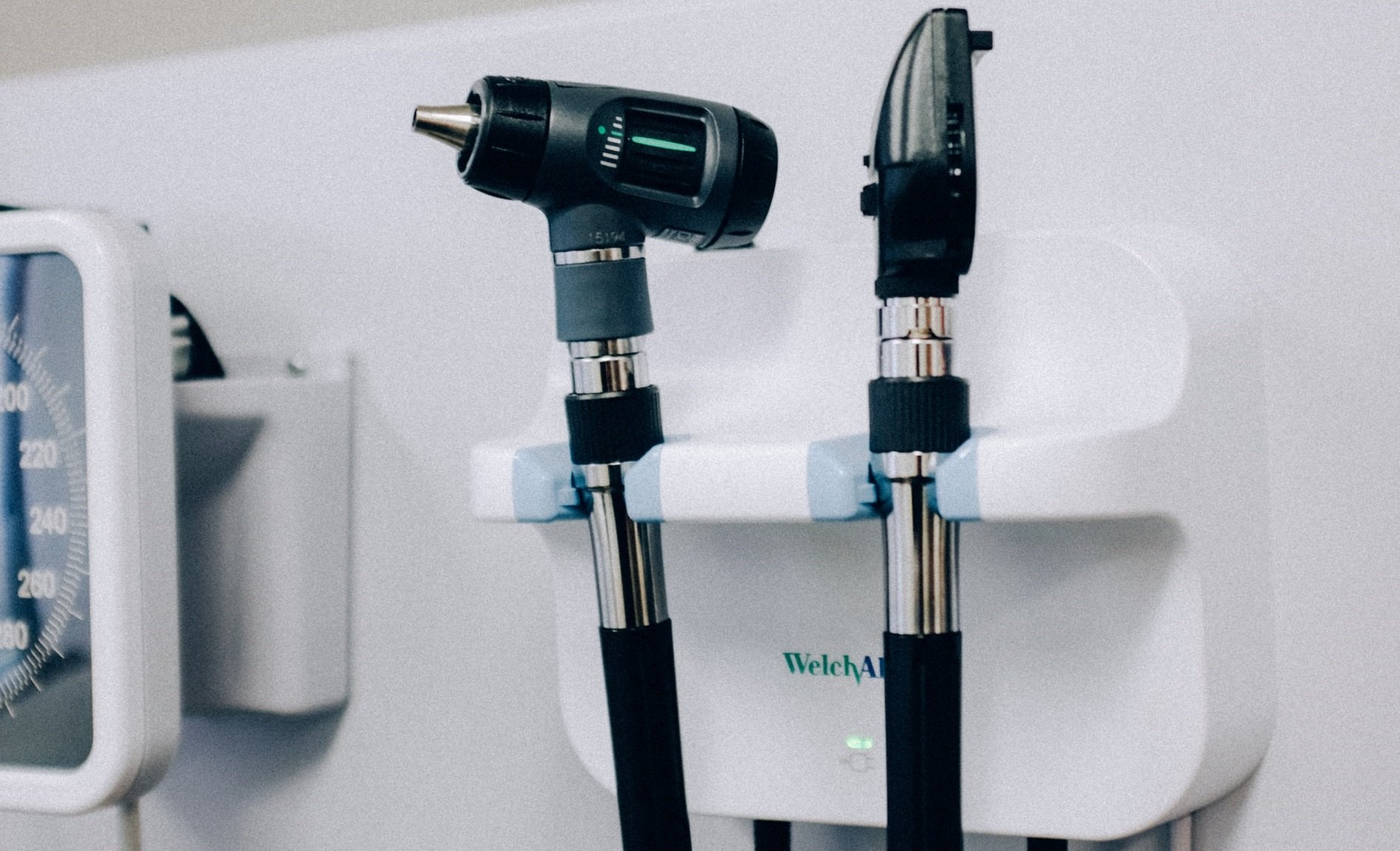
No two ears are the same, so are mass-produced ‘built for all’ hearing aids really the best devices for our ears?
If you’re looking into molded hearing aids you’ve probably either had a recent hearing loss diagnosis and want to explore your treatment options, or you already have hearing aids and are thinking about an upgrade.
This article explains the pros and cons of molded hearing aids.
Contents [hide]
What is a Molded Hearing Aid?
It comes as no surprise that a key part of your hearing aid fits inside your ear, but some people don’t realize that this fitting has two basic styles: dome or earmold.
If you’ve seen a hearing aid in a dome style, you’ll have noticed that it looks like a small cone. They come in a few standard sizes so when you go for a hearing aid fitting you are simply given the size that fits best for your ear, even if this is not a snug fit. Generally, they do have large openings which are beneficial for the wearer as this allows for ventilation and natural sound to enter the ear.
While dome styles are not customized to fit one person’s unique ear shape, earmold styles do just this. Made of either silicone (a medical-grade elastomer) or plastic (and sometimes an acrylic called Lucite), these custom made fittings sit perfectly in your ear canal. This does not completely block off your ear canal, however, as they usually have tiny vents to let air through. This style of hearing aid can also be changed easily.
Remember that we mentioned dome styles come in a few standard sizes? Well, the earmold style can come in a few different sizes too, although this will depend on your degree and type of hearing loss as well as the anatomy of your ear and your personal preferences. You can have an earmold that is canal size (small), half-shell size (medium), or full-shell size (large).
So, generally speaking, earmold hearing aids have a snugger fit than standard dome hearing aids, as they have been specially made to fit your ear.
What Are the Pros of Molded Hearing Aids?
So molded hearing aids mean a good, snug fit — but what are the benefits of this?
High-frequency hearing loss means that you have trouble hearing higher-pitched sounds, like the voices of women and children, the ring of a telephone, and birds tweeting. Lower-pitched sounds might not be a problem for you, and you’ll be able to hear them just fine.
Although this is a common type of hearing loss, dome-style hearing aids (a common type of hearing aid) are best for people with mild to moderate hearing loss. For those with more severe to profound hearing issues, earmolds are more suitable as they provide more amplification without feedback.
Earmolds can provide you with excellent sound quality regardless of whether you have low or high-frequency hearing loss. These well-fitted hearing aids work by keeping amplified sound from traveling back outside the canal and creating a feedback loop. If this does happen the amplified sound gets out and is reamplified, causing an unpleasant high-pitched whistling sound in your ear. Molded hearing aids get around this and stop it from happening.
It is no wonder that earmold hearing aids are often the first choice treatment for people with hearing loss across the entire speech spectrum, and are often recommended for people with severe or profound hearing loss.
Your ears are fragile and contain delicate internal structures. If you’re opting for earmold hearing aids, you’ll need to make sure that you get a qualified hearing healthcare professional to take the mold that will be used to make a hearing aid that fits the specific shape of your ear.
This involves creating an impression of your outer ear and ear canal. It’s not as simple as taking a straight mold, and must be done with care and expertise. Your device shouldn’t end up so tight that it causes you discomfort or pain, but it should be snug enough to fit well in your ear and stop sound from leaking out and creating unwanted feedback.
Luckily, the process is painless and uses a soft molding compound — nothing too daunting!
What Are the Cons of Molded Hearing Aids?
Of course, hearing loss treatment should be determined on a case by case basis, and some people actually prefer the dome style hearing aid, reporting a greater level of comfort and less occlusion (ear congestion).
In addition, there are some further ‘cons’ of molded hearing aids.
Your molded hearing aid might feel strange at first and take a while to get used to. However, people often find this to be the case with the first fitting of any hearing aid, so it’s not an issue specific to molded hearing aids.
Some people seem to think that earmolds are problem-free because they are a perfect mold of your ear. This isn’t necessarily the case, as often they do need a bit of adjusting as your ear shape can change slightly over time. Your hearing aid will need to be checked from time to time to ensure it still fits correctly.
With molded hearing aids you might find that your own voice sounds muffled like you have ear congestion. This is known as occlusion. It occurs when the ventilation is insufficient in the earmold, as it can block the air in your ear canal completely. Modifications to the ear mold can help this, as can hearing aid circuit changes.
You might also feel like your own voice sounds too loud — also a sign that your earmold has a vent that is too small, and requires a larger one.
This being said, an earmold vent that is too large or in the wrong place can lead to the whistling noise or acoustic feedback previously mentioned. If this happens your hearing health professional might need to install a canal lock to secure the earmold firmly in place.
It’s important to acknowledge that your earmold can also cause a build-up of cerumen (earwax). This is normally a bigger problem if you have an earmold that is particularly tight. Cerumen build-up can damage your ear if it gets out of hand. It can also reduce sound transmission, making it difficult for you to hear and benefit from your hearing aid.
Although this shouldn’t be an issue for the majority of users, you might be allergic to the material used to create your earmold and have an allergic reaction. Talk to your hearing health professional about your existing allergies as a hypoallergenic material can be used.
Earmolds for Noise Exposure
Earmolds can be beneficial for non-hearing aid users for the same reason that they normally do a good job of preventing occlusion in hearing aids. If you use custom earmolds for sound protection, they should give you a greater level of protection. A snug fit means that sound has a harder time entering your ear
You can even get ones with an acoustical chamber that blocks most noise while still allowing you to understand speech. These are often used by sportspeople, musicians, and others operating in a noisy work environment. If you think they could benefit you, they’re definitely something to look into.
Alternative Hearing Aids Without Earmolds
We recommend doing some research on all the different types of hearing aids out there before making a purchase. Check out Behind-the-Ear (BTE), Receiver-in-the-Ear (RITE), In-the-Ear (ITE), In-the-Canal (ITC) and Invisible-in-the-Canal (IIC), CROS and BiCROS, and body-worn hearing aids. Here is a brief overview of the different types of hearing aid.
To learn more about the different types of hearing aids, see our other blog articles.
The information in this guide has been written using the following reliable sources:
https://www.healthyhearing.com/report/7769-Introduction-to-earmolds
https://www.hear-it.org/Making-the-ear-mould-1
https://cowestaudiologists.com/blog/how-do-earmolds-help-hearing-aids
https://www.nhs.uk/live-well/healthy-body/hearing-aids/








